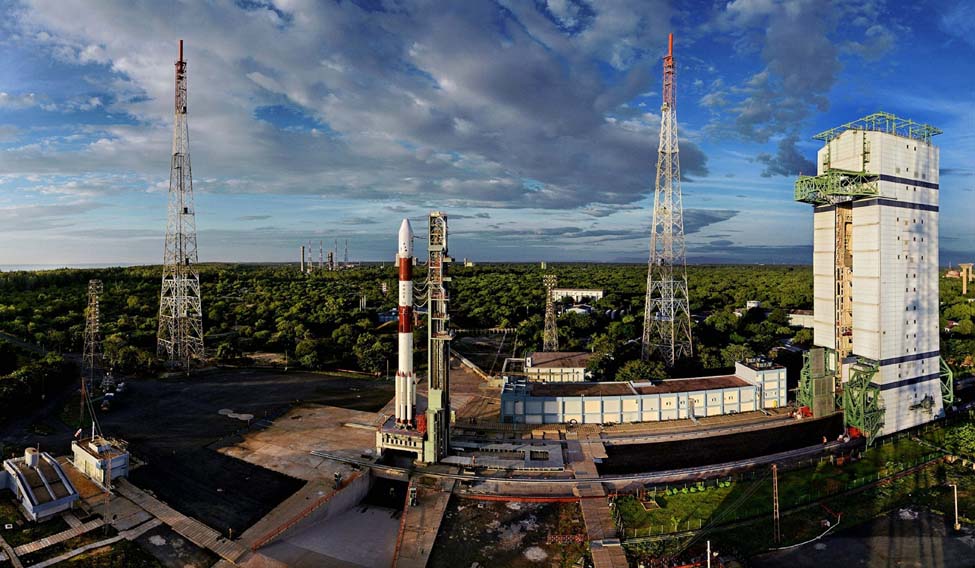Narendra Modi's South Asian satellite, a gift he promised South Asian Association of Regional Cooperation (SAARC) nations soon after he became the prime minister, will be launched on Friday evening from Sriharikota.
There is a great hush hush about the event, with speculation rife that Modi himself might attend the launch, and perhaps there might be representatives of other countries, too. Or will the prime minister address the nation from his office in Delhi after the launch, the way he did after the launch of the final of the navigation satellite, which he then named Navic? There is no official news yet. The launch was scheduled for April end. So, is the one week delay because Isro was working out available dates with the prime minister?
The satellite, a 2k class one (actual weight is 2,230 kg) is among the larger satellites that the Indian Space Research Organistion (Isro) has launched. It is a communication satellite, and Modi, in his latest Mann ki Baat had elaborated on how it could improve connectivity in the region. Telecommunication, direct to home television and telemedicine are some of the obvious uses of the satellite, though the ISRO says that it is up to the imagination of countries on what creative uses they can come up with. Hotlines between partner countries is also another obvious possibility.
The satellite, which has taken three years to be completed, has got the active participation of Sri Lanka Nepal, Bhutan, Maldives and Bangladesh. Bangladesh joined in days before the visit of its Prime Minister Sheikh Hasina to India. Pakistan had, in 2016, formally opted out of the partnership, saying it has its own space programme, thus the name of the satellite had to be changed from Saarc to South Asian. The agreement with Afghanistan is not through yet, though the ministry of external affairs says only some technical details need to be sorted before inking the deal.
While India is the leader in space in the region, some other Saarc nations too have budding space ambitions. While they may not be launching the satellites themselves, Afghanistan already has a communication satellite, and Sri Lanka has more than one, launched by China. Bangladesh is planning to launch its own satellite this year, and Nepal to have two shortly. Bhutan and Maldives therefore will be the largest beneficiaries of this Rs 230 crore gift.
Isro has placed 12 transponders in the satellite, each country will have access to at least one of them. While Isro will maintain the satellite, its use depends on how individual countries plan their communication programmes around it. The satellite should be active for at least 12 years. Indeed, it will be the use of the satellite which will finally decide whether Modi's gift is well received.
The satellite will be launched aboard the heavy vehicle the GSLV Mk II, with a part cryogenic engine. While India has had successful launches with the GSLV of late, its earlier failures with GSLV always makes every launch of this fleet a nail biting one. India's reputation as a space leader will ride aboard the vehicle, along with the launch. Isro officials are confident of success of the launch. They have declared the GSLV Mk II as a “motorable vehicle'' .





